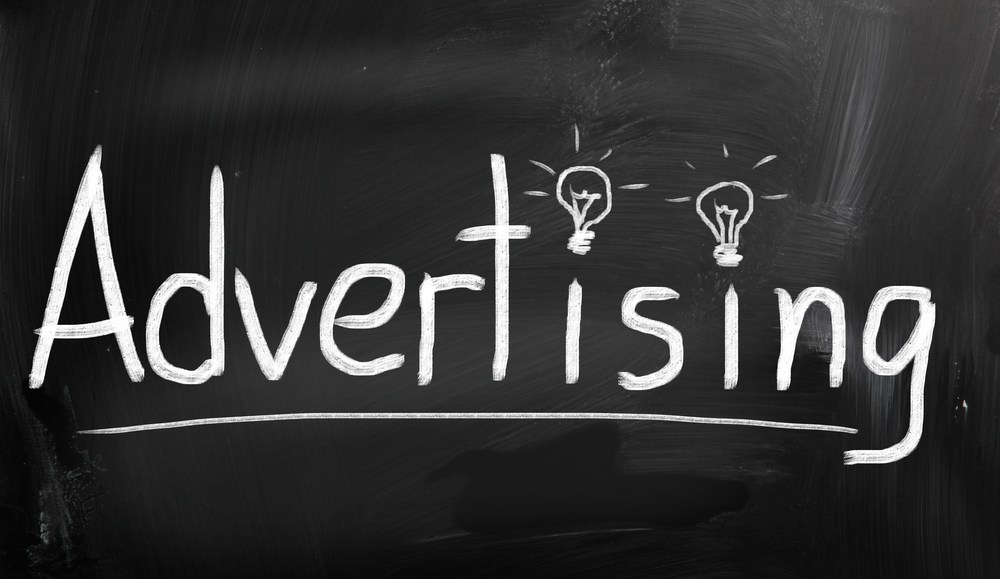Register by Jan 13 to save on passes and connect with marketers from Uber, Bose and more

The Federal Trade Commission spent a full day yesterday, listening to 22 representatives from publishing, technology and academia to tackle that most thorny of questions: How to label native advertising.
There were arguments on all sides, with one academic even suggesting the need to study how the eye’s fovea perceives various labeling. Publishers hedged, they cautioned against the dreaded “one-size-fits-all” approach since native ads can apparently vary so widely. That’s why there is a BrandVoice on Forbes, Featured Partners on BuzzFeed, “From Around the Web” from Outbrain, “You May Like” from Tablooa, and so on.
Coincidentally, most also paid fealty to paid search listings, hailed as the original native ad format: a form of content, perfectly suited to the environment, and found genuinely useful to consumers who click away to the tune of billions for Google’s coffers. Perhaps then the industry should keep it simple and cast its gaze on how Google has settled on labeling this “native” format:
More in Media

Media Briefing: Here’s what media execs are prioritizing in 2026
Media executives enter 2026 weathered by disruption, but refocused on AI revenue, brand strength and video and creator opportunities.

Why publishers are building their own creator networks
Publishers are forming creator networks to regain control, combat traffic declines, and reach audiences shifting toward influencers.

The accidental guardian: How Cloudflare’s Matthew Prince became publishing’s unexpected defender
Cloudflare’s day job is fending off botnets and nation-state cyberattacks, not debating how Google and other AI firms crawl publisher sites.






